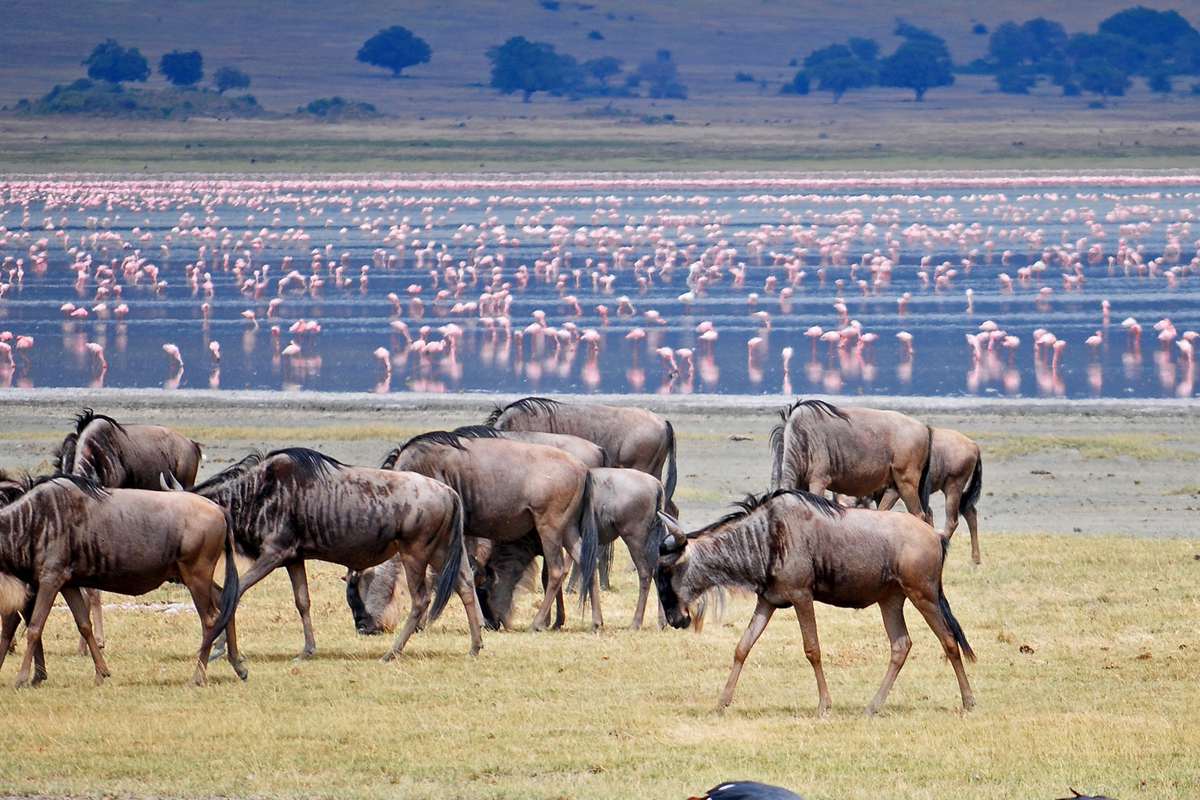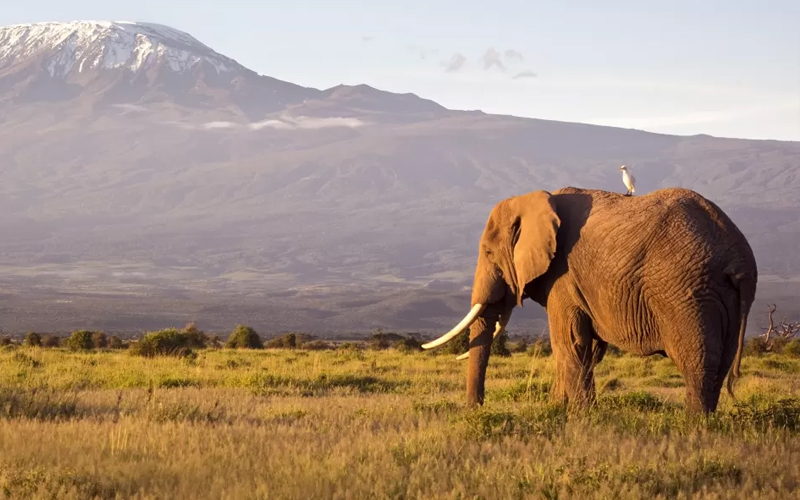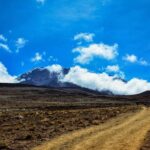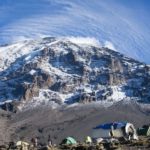Tanzania Digital National Park Permits 2024
In a significant move to enhance visitor convenience and streamline operations, Tanzania’s national parks have introduced digital permits for the 2024 season. This new initiative is set to revolutionize how travelers access some of the most famous wildlife destinations in the world, including the Serengeti, Ngorongoro Crater, and Mount Kilimanjaro. The digital permit system is a part of Tanzania’s ongoing efforts to modernize its tourism sector and offer a more seamless experience for both local and international visitors.
Why Digital Permits?
- Addressing Common Challenges with Traditional Permits: In the past, accessing Tanzania’s national parks required physical permits, which could often result in long queues, delays, and administrative inefficiencies. The process of acquiring permits was manual, involving paperwork that needed to be handled in person at park gates or authorized offices. For visitors, particularly international tourists, this process could be time-consuming and cumbersome, especially during peak seasons.
With the introduction of digital permits, these challenges are expected to be greatly reduced. Travelers will now be able to apply for, pay for, and receive their permits online, avoiding the need for physical paperwork and lengthy wait times.
- Improving Visitor Convenience: Digital permits allow visitors to plan their trips more efficiently. Tourists can apply for permits in advance from anywhere in the world, ensuring they have guaranteed access to the parks on their chosen dates. This also allows for better trip planning and fewer last-minute surprises at park entrances.
For tour operators and guides, the shift to digital permits simplifies logistics. No longer will operators need to coordinate with park authorities to physically pick up permits; they can now manage permits electronically, reducing delays and improving the overall travel experience for their clients.
How the Digital Permit System Works
- Online Application Process: The new system allows visitors to apply for permits directly through a centralized online portal. This process involves selecting the park they wish to visit, entering trip details, and paying the required fees. Once the application is submitted, the permit is issued digitally and sent to the visitor’s email.
The system also provides a streamlined interface for handling group bookings, which is particularly beneficial for safari operators managing large groups of tourists. By digitizing the process, tour companies can easily apply for multiple permits in one go, ensuring efficient planning and fewer administrative hurdles.
- Payment Options: The digital permit system accepts various payment methods, including major credit cards, mobile money, and international bank transfers, making it accessible to both local and international tourists. This flexibility in payment options ensures that visitors from different parts of the world can easily access Tanzania’s parks without worrying about currency exchange issues or carrying large amounts of cash.
- Real-Time Availability: Another major benefit of the new digital system is real-time availability tracking. Visitors can instantly check if permits for specific parks and dates are available, allowing for more precise trip planning. This feature also helps prevent overbooking and ensures that parks are not overcrowded, contributing to a more enjoyable and sustainable experience for all visitors.
Tanzania’s Focus on Sustainability and Conservation
- Efficient Management of Visitor Numbers: One of the key objectives of introducing digital permits is to improve the management of visitor numbers in Tanzania’s national parks. By having a centralized system, park authorities can monitor the number of visitors entering each park at any given time, ensuring that the parks do not become overcrowded. This approach helps preserve the natural environment and protects wildlife from excessive human interference.
- Conservation-Focused Revenue Collection: The digital permit system is also expected to improve transparency and efficiency in revenue collection. Funds generated from park permits are vital for the conservation of Tanzania’s wildlife and natural resources. With the new system, the government can more accurately track revenue from park entry fees and ensure that these funds are directed toward conservation efforts, including anti-poaching initiatives, habitat preservation, and park infrastructure development.
Parks Participating in the Digital Permit System
- Serengeti National Park: The Serengeti, famous for the Great Migration and its abundant wildlife, is one of the first parks to adopt the digital permit system. The park sees thousands of visitors each year, and the introduction of digital permits will help streamline entry during the peak migration seasons.
- Ngorongoro Conservation Area: The Ngorongoro Crater is another key destination now utilizing digital permits. Known for its incredible concentration of wildlife and its status as a UNESCO World Heritage Site, Ngorongoro is often a high-traffic area. The new system will make it easier for visitors to secure their permits well in advance, reducing congestion at park entry points.
- Mount Kilimanjaro: Mount Kilimanjaro, Africa’s highest peak, has also integrated digital permits into its climbing regulations. With thousands of climbers attempting to summit the mountain each year, digital permits will help regulate climber numbers and improve the overall safety and management of trekking activities.
- Tarangire and Lake Manyara National Parks: Both Tarangire National Park and Lake Manyara National Park have adopted the digital permit system as well. Known for their diverse ecosystems and impressive wildlife sightings, these parks are popular for both day trips and extended safaris. The digital system will ensure smooth access for visitors, particularly during peak seasons when these parks experience higher volumes of tourists.
Visitor Benefits of Digital Permits
1. Faster Park Entry: One of the most immediate benefits of digital permits is the reduction in wait times at park entry gates. With digital permits in hand, visitors can simply present their permits at the gate for scanning, significantly speeding up the entry process.
2. Better Trip Planning: Digital permits allow for better trip planning, as tourists can now book permits well in advance and adjust their itineraries based on real-time availability. This helps eliminate last-minute changes or cancellations due to the unavailability of permits.
3. Increased Security and Transparency: The new system is designed to improve the security of transactions and ensure that all payments are properly recorded and tracked. This transparency will also help prevent fraud and ensure that all visitors are properly accounted for.
4. Environmental Impact: By reducing the need for physical permits and paperwork, the digital system contributes to a more environmentally friendly approach to tourism. Less paper waste and fewer administrative resources are required, aligning with Tanzania’s broader goals for sustainable tourism.
Challenges and Considerations
1. Digital Access: While the digital permit system offers many advantages, it may pose challenges for tourists who are not tech-savvy or do not have reliable access to the internet. In response, Tanzania has set up assistance centers at various locations to help visitors with the permit process, ensuring that everyone can access the parks without difficulty.
2. Transition Period: As with any new system, there may be a learning curve for both tourists and safari operators as they transition from traditional permits to digital ones. Tanzania’s park authorities are working closely with tour operators to ensure a smooth transition and provide the necessary support during this period.
The Future of Tourism in Tanzania
The introduction of digital permits is just one part of Tanzania’s broader strategy to modernize its tourism sector and enhance the visitor experience. As more parks integrate this system, we can expect continued improvements in how tourists access and enjoy Tanzania’s natural wonders.
Digital technology is playing an increasingly important role in ensuring the sustainability of Tanzania’s tourism industry, allowing for better management of resources, more efficient operations, and enhanced conservation efforts. The 2024 season marks an exciting step forward for Tanzania’s national parks, and the digital permit system is a key component in this journey.
Tanzania’s move to introduce digital permits for its national parks in 2024 represents a significant advancement in the country’s efforts to modernize and improve the visitor experience. With faster, more efficient access, better trip planning, and enhanced sustainability, digital permits are set to revolutionize how travelers explore Tanzania’s incredible national parks. Whether you’re planning a safari in the Serengeti, a trek up Mount Kilimanjaro, or a visit to the Ngorongoro Crater, the new system ensures that your adventure will start with ease.
FAQs
- How do I apply for a digital permit for Tanzania’s national parks?
You can apply for a digital permit through Tanzania’s official online portal, where you’ll enter your trip details, select the park, and pay the required fees. - Can I still get a permit in person at the park gate?
While the digital permit system is being rolled out, some parks may still allow in-person permit purchases. However, it’s recommended to apply online for a faster and more convenient process. - What payment methods are accepted for digital permits?
The system accepts major credit cards, mobile money, and international bank transfers, making it accessible for both local and international visitors. - Which national parks are participating in the digital permit system?
Key parks include Serengeti National Park, Ngorongoro Conservation Area, Mount Kilimanjaro, Tarangire, and Lake Manyara National Parks. - How does the digital permit system help with conservation?
By streamlining revenue collection and managing visitor numbers, the digital system ensures that more funds are directed towards conservation efforts, protecting wildlife and natural resources.
Explore the Beauty of Tanzania!
Visit our pages for essential information on:
- Arusha National Park
- Climbing Kilimanjaro
- Kilimanjaro Climb Packing List
- Kilimanjaro FAQs
- Cultural Tours
- Day Trips Tours
- Lake Manyara National Park
- Ngorongoro Crater
Discover all the incredible experiences waiting for you in Tanzania on our website!













